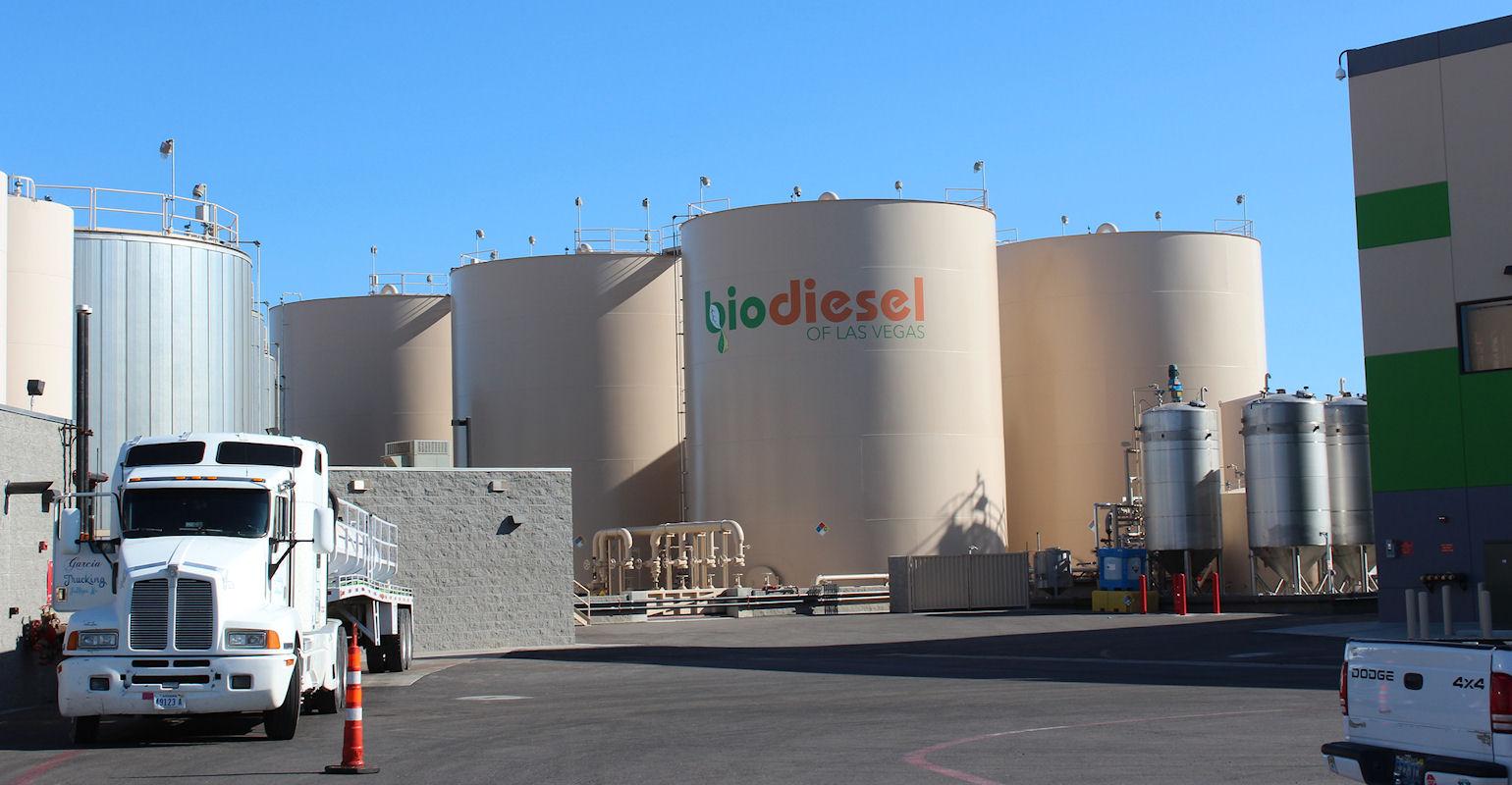The U.S. Department of Agriculture (USDA) recently announced that it will support additional...
U.S. Renewable Diesel Capacity Projections Through 2024

Renewable diesel production capacity in the United States is forecast to grow from 600 million gallons per year (gpy) at the end of 2020 to 5.1 billion gpy by 2024, according to the U.S. Energy Information Administration (EIA) based on projects announced and under construction. In its weekly petroleum report, EIA said growing targets for state and federal renewable fuel programs, as well as incentives, are driving the expansion.

With the challenging market conditions for traditional petroleum fuels and increasing market interest in renewable diesel production, a number of traditional diesel refineries have closed in the past year. Many of these facilities have announced plans to reopen as renewable diesel plants. According to EIA, one such refinery is Marathon Petroleum’s Martinez, California, complex. Since closing the facility in 2020, Marathon has announced that it will begin converting the site to produce renewable diesel, which the company expects to reach full production capacity of 730 million gpy in 2023. Another is the Phillips 66 Rodeo Renewed project in California, which began producing renewable diesel earlier this year and is expected to complete the second phase of conversion by 2024, hitting 800 million gpy.
The significant growth in new U.S. renewable diesel production capacity has positioned domestic producers to displace imported volumes from Neste Corporation in Singapore. With its Low Carbon Fuel Standard (LCFS), California has been the prime entry point for imported volumes of renewable diesel. EIA noted that, even though a majority of existing domestic renewable diesel capacity is in the Gulf Coast region, the vast majority of renewable diesel is consumed on the West Coast - mostly in California.
“As a result, the majority of the estimated new renewable diesel capacity will likely be built on the West Coast to serve nearby markets, and the remainder will likely be built on the Gulf Coast to capitalize on existing refinery infrastructure,” the EIA stated. “Although the expected buildout in renewable diesel production capacity is substantial, it will still be relatively small compared with existing petroleum diesel refining capacity. Based on our estimates of current proposed renewable diesel capacity expansions and existing petroleum refinery capacity, renewable diesel production capacity could represent 20 percent of total diesel production on the West Coast by 2024. In contrast, by 2024, it could represent 4 percent of total estimated diesel production capacity in the major refining complex on the Gulf Coast and 5 percent across the United States. In addition, although we expect significant capacity to be built on the Gulf Coast, we anticipate that a large portion of the Gulf Coast’s output will be consumed in California and other western states, such as Oregon and Washington, to meet future LCFS targets in those areas.
The agency noted that the primary risk to the quick expansion of renewable diesel production capacity is feedstock availability. “Currently, most renewable diesel is produced using recycled animal fats, used cooking oil, or other marginal oil feedstocks, the supply of which has increasingly tightened as renewable diesel production has increased,” EIA stated. “Renewable diesel can also be produced using other oil feedstocks such as soybean oil, which has created competition between biodiesel producers and food producers in global agricultural markets. As of 2021, these feedstocks have faced lower supply and higher demand, leading to sharp increases in agricultural commodity prices and prices of renewable identification number (RIN) credits for renewable fuel standards (RFS) compliance. RIN prices reached record highs earlier this year. Due to these high feedstock costs, to remain profitable and compete with petroleum diesel, renewable diesel and biodiesel producers have been relying heavily on incentives, such as the biomass-based diesel tax credit and high tradeable credit prices for renewable diesel in the RFS and LCFS. Feedstock availability and government incentives will likely continue to play a large role in the financial viability of new renewable diesel production capacity in the near term.”
Editor’s Take:
Not surprising that renewable diesel is gaining in popularity, especially in areas of high population density. It also makes a great deal of sense that its use would be expanded in areas with strict regulations concerning diesel and particulate matter, like California. Although still a small percentage of overall diesel production, expansion of renewable diesel production, simply put, provides a very positive outlook for soybean and other oil crops in the U.S. Bottom line – these farmers will continue to be great customers because demand for their output is increasing, thus continuing to put more money in their pockets to purchase trucks, parts and service from engaged CAD members!








